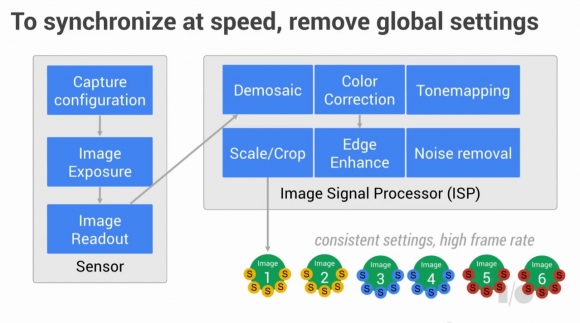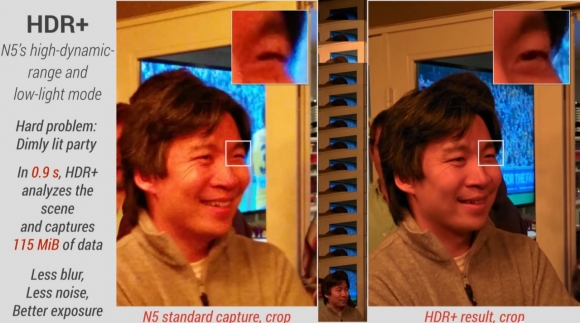Here’s why the next Android version is going to be awesome for photographers
posted Monday, July 21, 2014 at 11:53 AM EDT

Back in June, we reported about Google's upcoming new version of its Android mobile operating system, which will bring some serious improvements for photographers. Besides RAW image capture, the new system -- thus far codenamed 'L' -- will also allow for manual control of settings such as shutter speed and ISO, faster burst rates in continuous shooting mode, HDR support and more.
This, in theory, makes the upcoming Android system very attractive for photographers, especially for those who found the camera functionality of previous and current Android versions to be lacking. In a very interesting blog post, AnandTech has now taken a closer look at Android L's camera API, and has revealed what significant changes Google has made.
As AnandTech explains, the current camera API of Android works with a global set of parameters that are applied to each image that runs through its pipeline. What that means is that each time an app makes a request to take an image, the parameters are set on a global level and then applied to each image that is taken until they're changed again.

This explains why so far, Android provided so little flexibility for video shooting. With Android L's camera API, however, this is going to change. Instead of a global set of parameters, image requests in Android L will each come with their own set of paramteres, which will be applied to each image individually.
This means two things: For one, no longer does the API's pipeline have to be cleared each time an app requests to take a photo with new settings, which makes capture much faster. Secondly, since each image request comes with its own set of parameters, these can be fine-tuned individually for each image, and the user can be given much greater influence on the parameters.
But there's more to Android L's new camera API. Not only does it process image requests so differently from the old API, it also no longer makes a distinction between photo and video capture. This means that basically, a video stream is treated like a burst of individual images that each comes with its specific set of parameters.

This, again means two things: First, video capturing can now be made much more flexible, with different settings applied to each frame. This also opens the door for HDR video, which so far had to be implemented into the system by each OEM individually. Also, a stream of images can be treated as either a video clip, or a burst of individua photos, which makes much higher continuous shooting rates possible.
And finally, the new camera API in Android L will make it possible for third-party apps to make use of all this functionality, instead of limiting it to shoot either pictures or video within the constraints of the previous APIs. Which means we're going to see much greater diversity and much improved functionality in future photo and video apps.
Currently, Android L is still under development, but there's a preview version available for the Nexus 5 and Nexus 7 devices if you're feeling adventurous. The final version of Android L is expected to make it to devices this fall.
(via AnandTech, Andrew Holman)